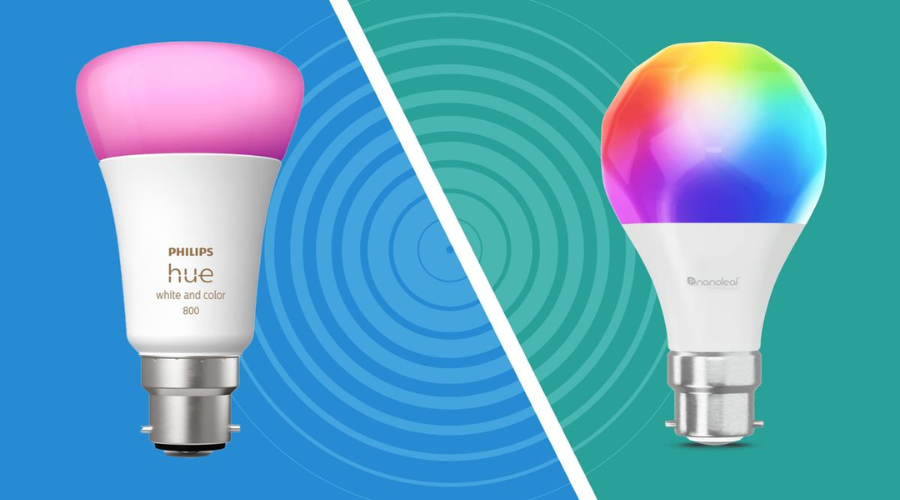Philips Hue vs. Nanoleaf: Which Smart Lighting System Should You Buy?
Smart lighting is revolutionizing home automation, and two heavyweights—Philips Hue and Nanoleaf—are vying for your attention. The Philips Hue White & Colour Ambiance V4 Lightstrip Starter Kit offers a 2m flexible strip with a Hue Bridge for seamless control, pumping out vibrant colors and crisp whites. Meanwhile, the Nanoleaf 4D Smart Screen Mirror Camera & Light Strip Kit delivers a 5.2m strip with a camera for immersive, screen-synced lighting effects. Both are perfect for mood-setting, movie nights, or gaming setups. Whether you’re a tech enthusiast, a home decorator, or just craving the best smart lighting 2025, this Philips Hue vs. Nanoleaf showdown will help you pick a winner. Let’s dive into the glow!





